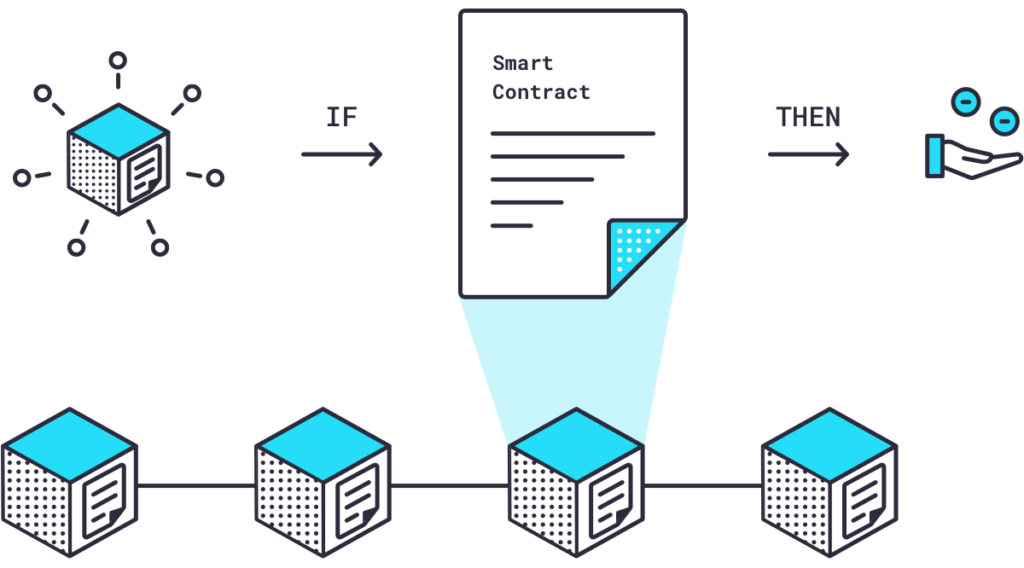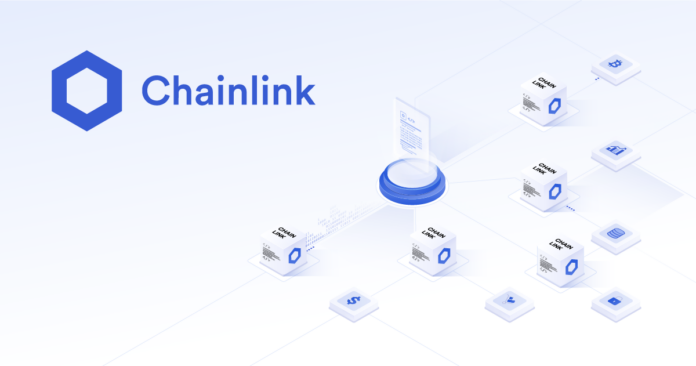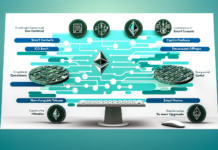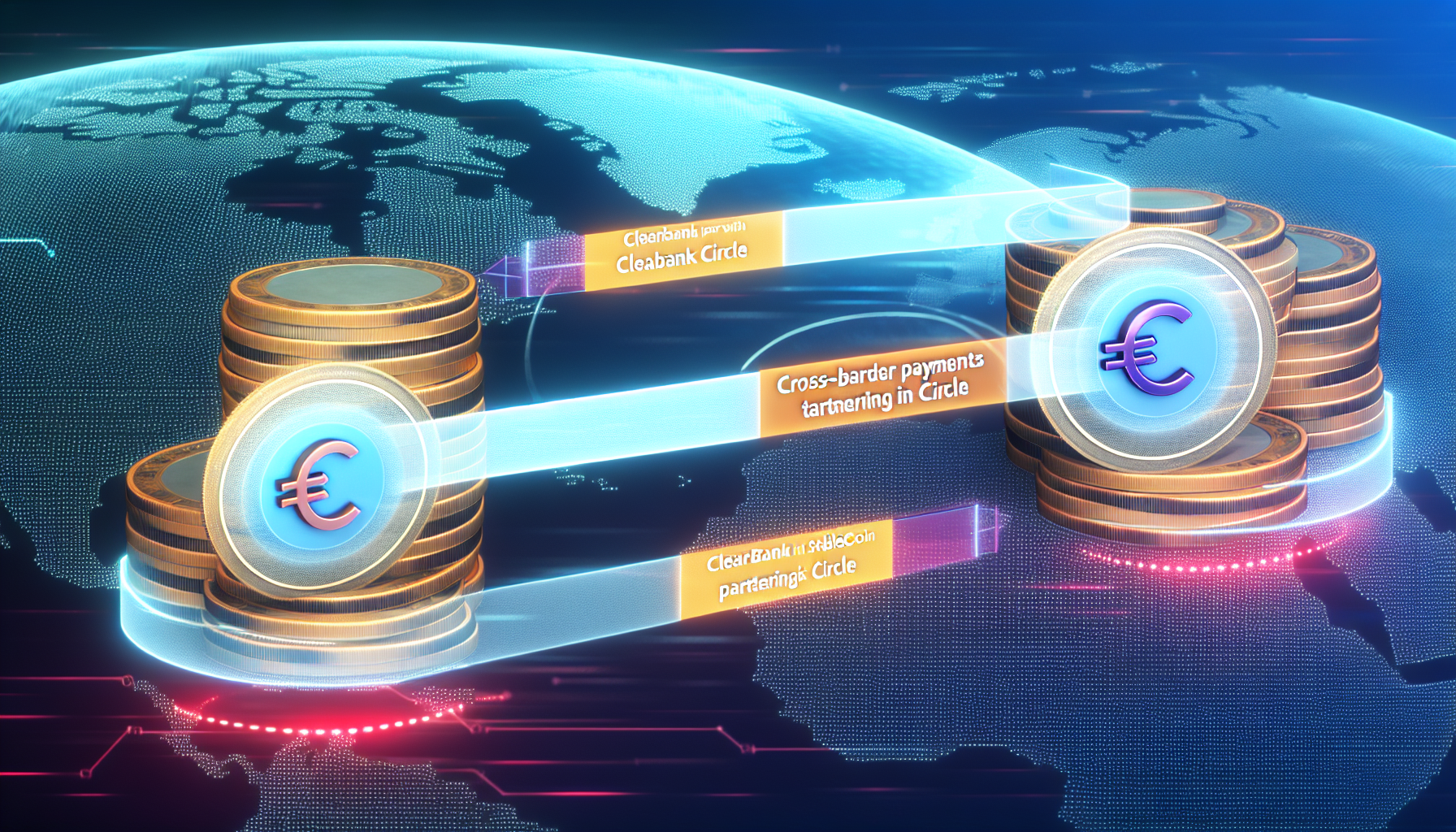If you’re looking to enhance the capabilities of your smart contracts by accessing real-world data and services outside of the blockchain, then Chainlink is the decentralized blockchain oracle network for you. With Chainlink, oracles gather data from various sources and deliver a single validated data point to your smart contracts, ensuring security and reliability. This versatile network has applications in decentralized finance, insurance contracts, and more. If you’re interested in purchasing Chainlink, you have options like Binance, Kraken, and Coinbase, and storing it is a breeze with wallets like Binance, TrustWallet, Ledger Nano S or Nano X, Coinbase Wallet, or MetaMask Wallet. While staking options are currently limited to node operators, Chainlink also offers additional oracle services like a verifiable random function, cross-chain interoperability protocol, and proof-of-reserve. With benefits like reduced gas fees through their off-chain reporting protocol, whether Chainlink is a good investment for you depends on your individual investment goals and risk tolerance.
About Chainlink
What is Chainlink?
Chainlink is a decentralized blockchain oracle network that enables smart contracts to communicate with real-world data and services outside of blockchain networks. In simple terms, it acts as a bridge between smart contracts and the real world, providing them with the information they need to execute their functions accurately and efficiently.
How does Chainlink enhance smart contracts?
Chainlink enhances smart contract capabilities by allowing access to data outside the blockchain and off-chain computing while maintaining security and reliability. This means that smart contracts can now interact with real-world data, such as stock prices, weather conditions, sports scores, and more, to make informed decisions and perform actions accordingly. This significantly expands the functionality and usability of smart contracts, making them more versatile and applicable in various industries.
How does Chainlink work?
Chainlink works by using oracles to gather data from various sources and aggregates the data to deliver a single validated data point to smart contracts. Oracles are trusted nodes that bridge the gap between blockchain networks and external data sources by retrieving and verifying data before providing it to smart contracts. This process ensures the integrity and accuracy of the data used by smart contracts, reducing the risk of manipulation or tampering.
Use cases for Chainlink
Chainlink has numerous use cases across various industries. One prominent use case is in decentralized finance (DeFi) applications, where smart contracts require real-time, accurate data to execute financial transactions such as lending, trading, and insurance. Chainlink also finds applications in supply chain management, gaming, insurance contracts, prediction markets, and more. The ability to connect smart contracts with real-world data opens up a wide range of possibilities for automation and trustless interactions, revolutionizing industries and creating new business models.

Chainlink Network
The LINK Token
The Chainlink network operates using its native cryptocurrency called LINK. The LINK token is used for compensation and staking by node operators. Node operators are responsible for sourcing and providing data to smart contracts through the Chainlink network. They are incentivized with LINK tokens for their services and can also use these tokens for staking, which helps maintain the network’s security and decentralization.
Buying Chainlink
To buy Chainlink, you can use various cryptocurrency exchanges such as Binance, Kraken, or Coinbase. These exchanges allow you to trade your fiat currency or other cryptocurrencies for LINK tokens. It is important to conduct thorough research, choose a reputable exchange, and follow proper security measures to ensure the safety of your funds.
Storing Chainlink
Once you have purchased Chainlink, it is essential to store it securely. You have several options for storing your Chainlink tokens. Binance offers its own wallet, which allows you to store LINK tokens directly on the exchange. Alternatively, you can use TrustWallet, hardware wallets like Ledger Nano S or Nano X, Coinbase Wallet, or MetaMask Wallet to store your LINK tokens safely and offline, protecting them from potential cyber threats.
Chainlink Oracle Services
Verifiable Random Function (VRF)
Chainlink offers a verifiable random function (VRF) as part of its oracle services. VRF is a cryptographic function that generates random numbers to ensure fairness and unpredictability in various applications such as gaming, gambling, and lotteries. With Chainlink’s VRF, smart contracts can access a provably fair source of randomness, eliminating the need for trust in centralized authorities.
Cross-Chain Interoperability
Cross-chain interoperability is another valuable feature provided by Chainlink’s oracle services. It enables smart contracts on different blockchain networks to communicate and interact with each other seamlessly. This interoperability opens up opportunities for decentralized applications (DApps) to leverage the strengths of multiple blockchains and access a broader range of data sources, enhancing the overall functionality and efficiency of their operations.
Proof-of-Reserve
Proof-of-Reserve is a feature offered by Chainlink to enhance transparency and trust for assets held by custodians or exchanges. It allows smart contracts to verify the reserve status of these assets in real-time, ensuring that the custodians actually possess the assets they claim to hold. This helps prevent fraud or misrepresentation, giving users greater confidence in the custody and management of their assets.

Off-Chain Reporting (OCR) Protocol
What is the OCR Protocol?
The Off-Chain Reporting (OCR) protocol is a key component of Chainlink’s data aggregation system. It enables oracles to report data off-chain, reducing the amount of on-chain computations and consequently lowering gas fees for smart contract transactions. OCR leverages advanced cryptographic techniques to ensure the security and integrity of off-chain data, while still providing the same level of reliability and trustworthiness expected from a decentralized oracle network.
Benefits of OCR Protocol
The OCR protocol offers several benefits. By moving data reporting off-chain, it decreases the burden on the blockchain network and reduces congestion, resulting in faster and more cost-effective transactions. Additionally, OCR improves scalability, enabling the Chainlink network to handle a larger volume of data without compromising performance or security. The reduced gas fees associated with OCR make it more feasible for users and developers to utilize smart contracts, promoting the widespread adoption of blockchain technology.
Is Chainlink a Good Investment?
Individual Investment Goals
Whether Chainlink is a good investment depends on your individual investment goals. It is essential to consider factors such as your risk tolerance, time horizon, and the overall market conditions. Chainlink’s technology and its growing adoption in various industries are positive signs for its long-term potential. However, as with any investment, it is crucial to conduct thorough research, consider your financial situation, and seek professional advice if needed.
Risk Tolerance
Risk tolerance is a crucial factor to consider when evaluating the investment potential of Chainlink. Cryptocurrencies, in general, are known for their volatility and the potential for significant price fluctuations. While Chainlink has shown promise and gained traction in the market, it is important to be aware of the associated risks. Investing in Chainlink should only be done after carefully assessing your risk tolerance and considering potential scenarios, such as market downturns or regulatory changes.
In conclusion, Chainlink is a decentralized blockchain oracle network that enhances smart contract capabilities by connecting them with real-world data and services. The Chainlink network offers various oracle services, including verifiable random function, cross-chain interoperability, and proof-of-reserve. Chainlink’s OCR protocol reduces gas fees and improves scalability in data aggregation. Whether Chainlink is a good investment depends on individual investment goals and risk tolerance. As with any investment, it is crucial to conduct thorough research and consider the potential risks before making any decisions.
















